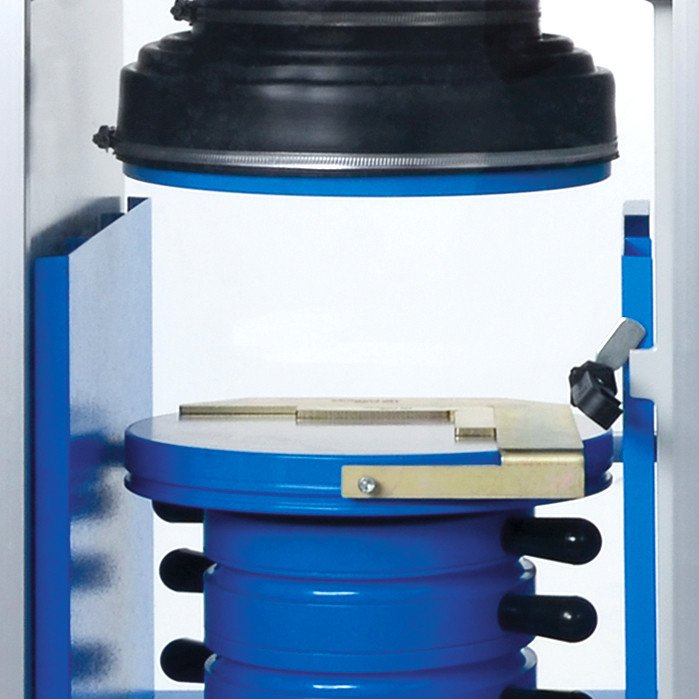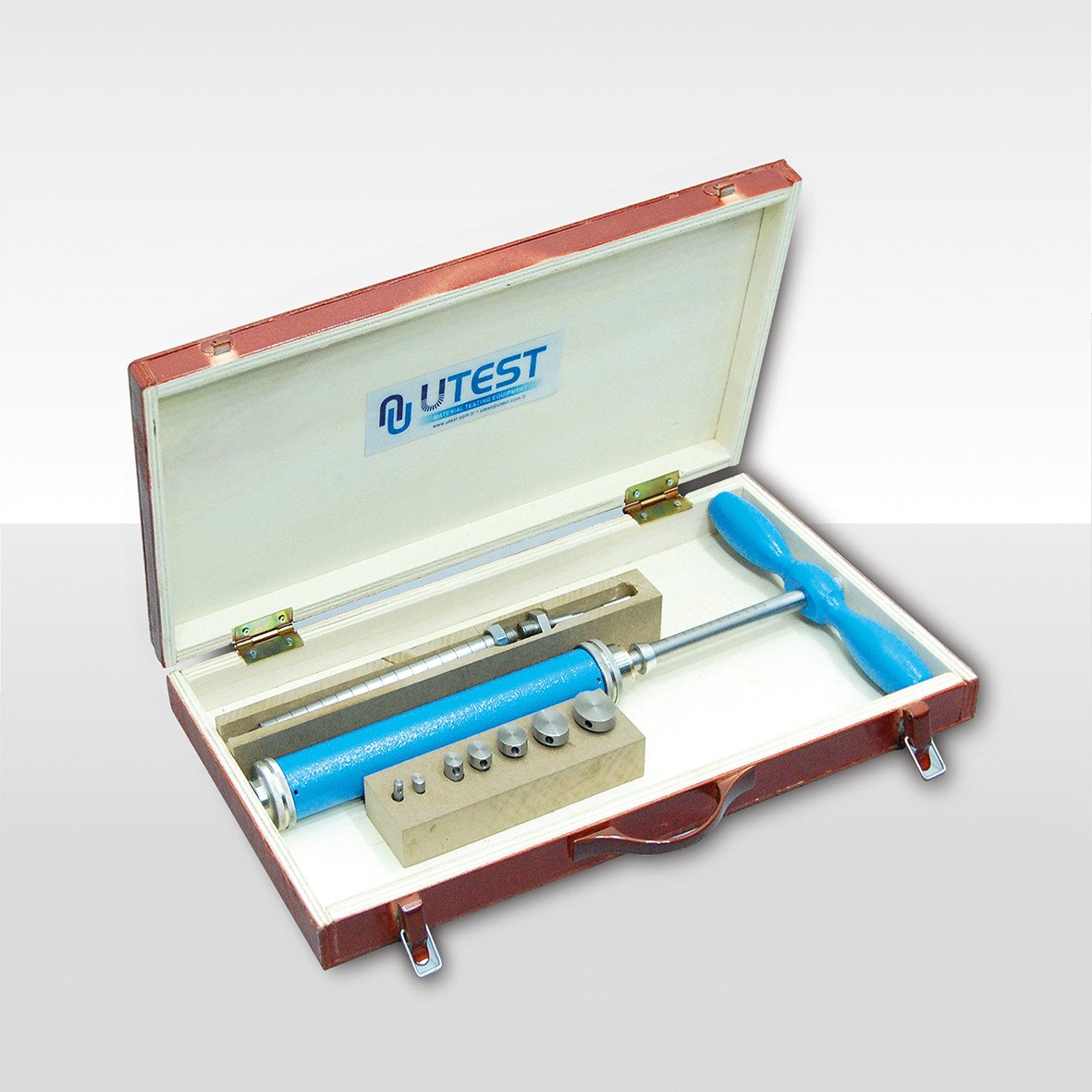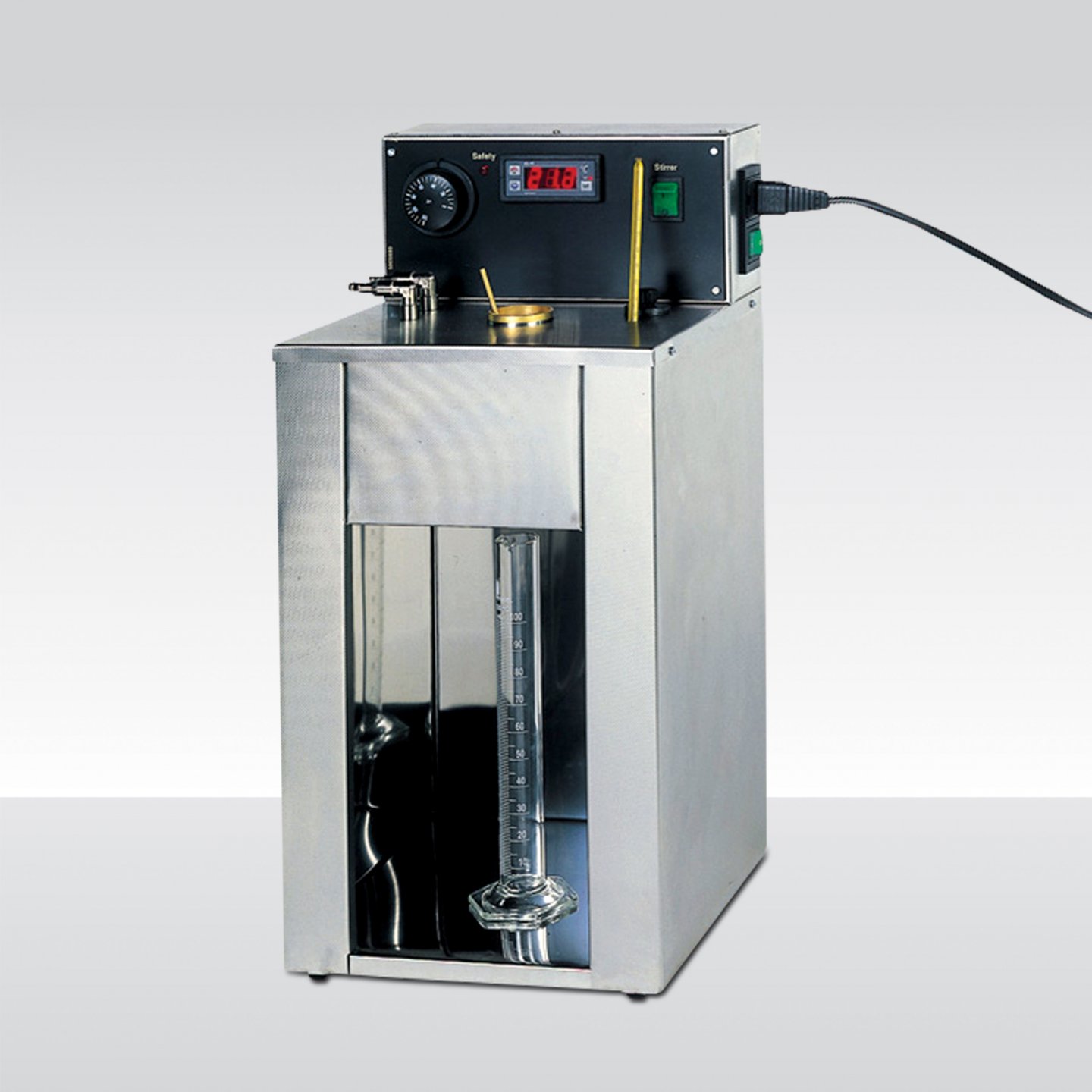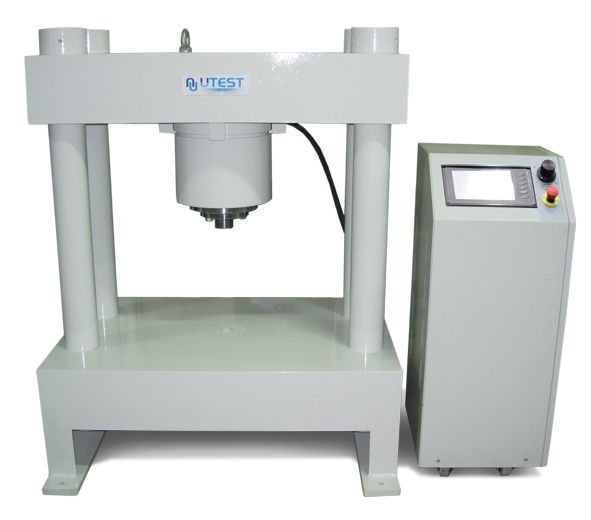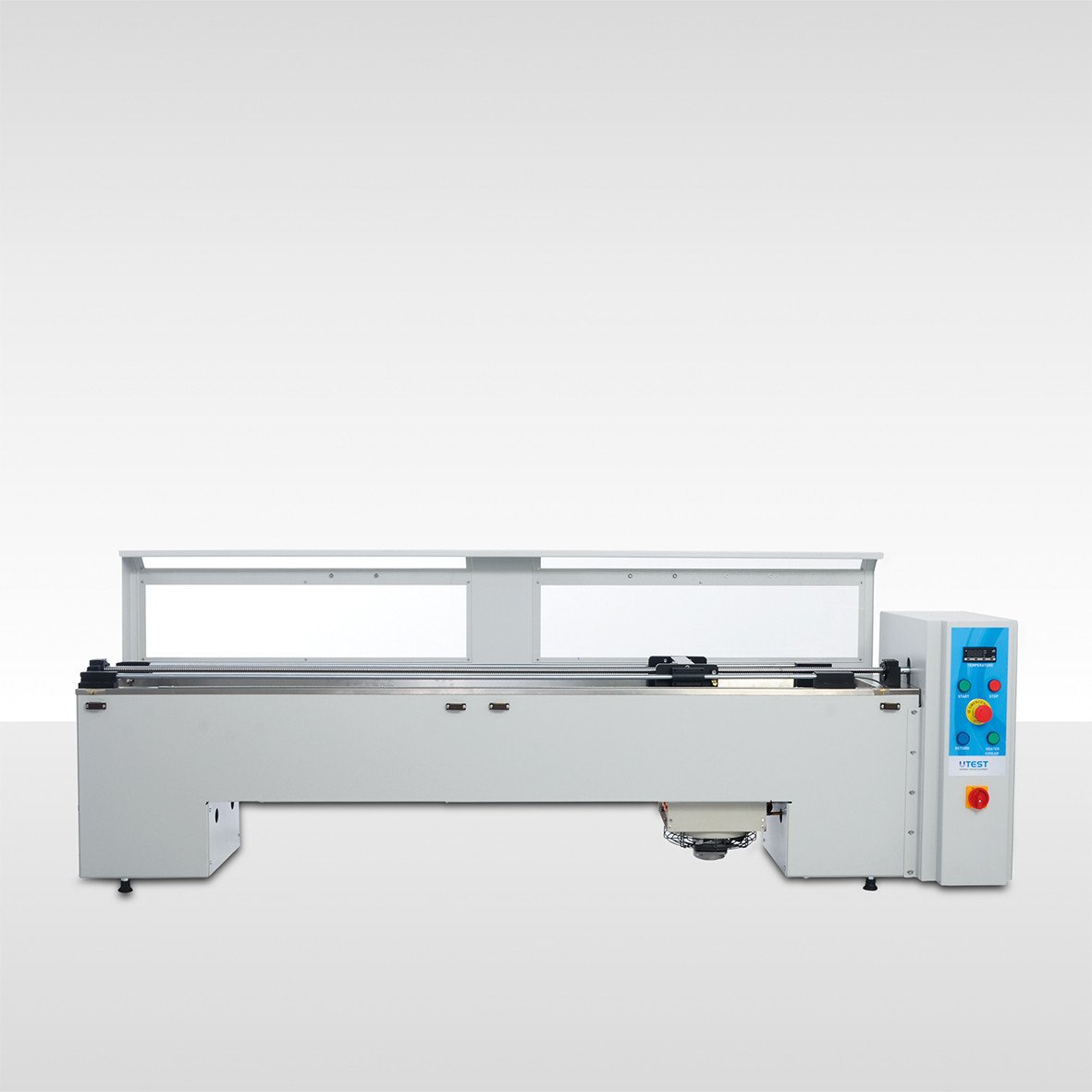The air content of fresh concrete can be determined by using the Air Entrainment Meter. It has a quick action clamping system. Direct pressure gauge reading to the nearest 0.1% up to 6% air and 0.2% from 6 to 10% air. The meter is not affected by changes in the barometric pressure.
%20vector%20logo.svg)

